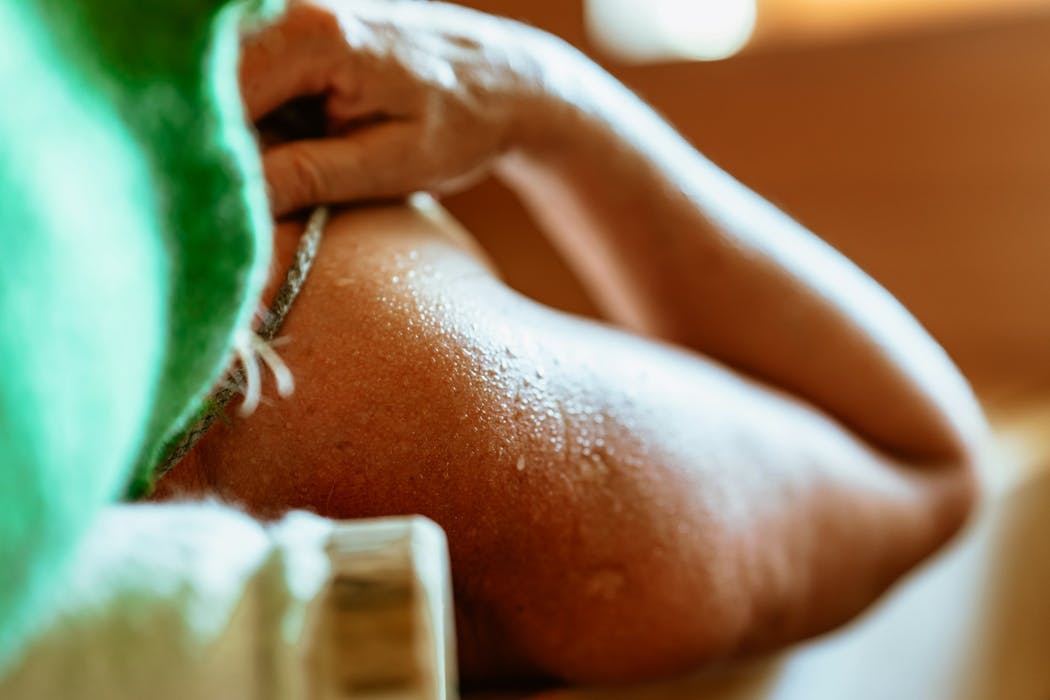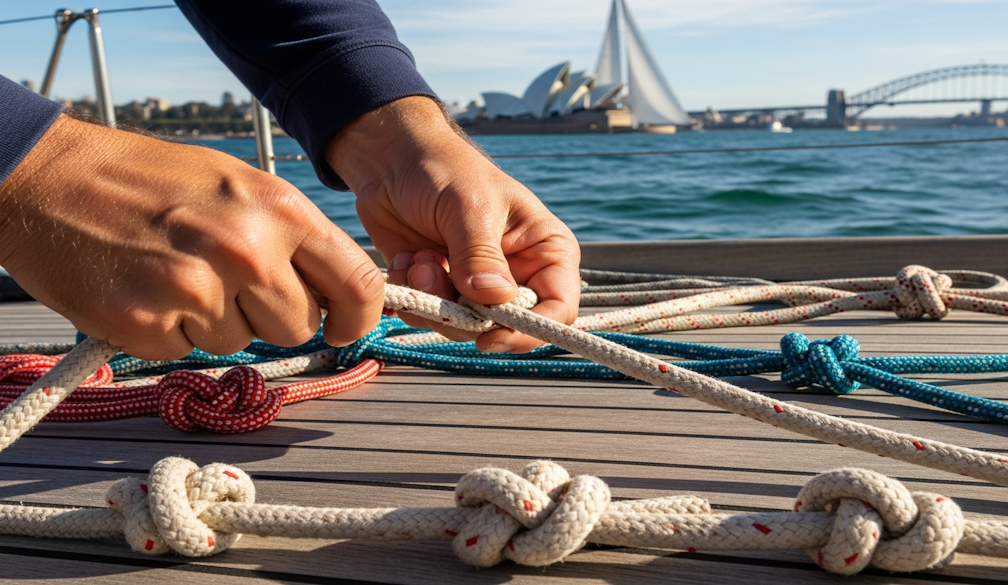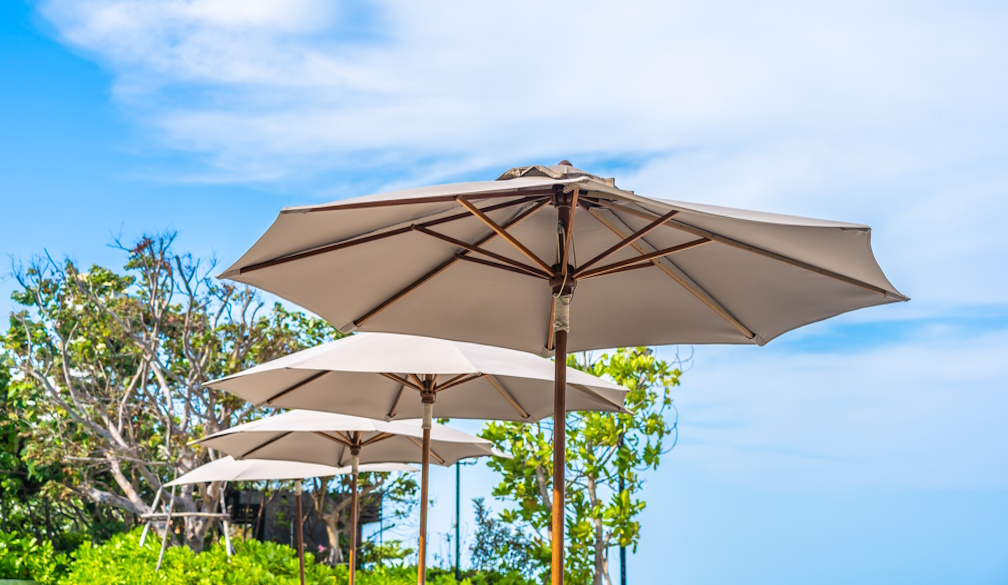What’s the difference between hot sweat and cold sweat?

Imagine two scenarios. In the first, you’re hiking uphill on a warm day, beads of sweat rolling down your forehead. In the second, you’ve just remembered you have an exam tomorrow and now the palms of your hands are cold and damp.
Both involve sweating but the causes and implications are different.
One scenario produces hot sweat, the other cold sweat. So what’s the difference?
What is hot sweat?
This type of sweat is also called thermoregulatory sweat. It’s the body’s natural response to increased core body temperature, which most often comes from physical exertion. As sweat evaporates from the skin, it cools down the body to help prevent overheating.
When you’ve been exercising, or are outside on a hot day, your body warms up, then sends a message to the hypothalamus region of your brain.
Your hypothalamus likes to keep your body in an optimum temperature range. So to reduce heat stress it sends signals down the spinal cord and into peripheral nerves (nerves outside the spinal cord and brain). This stimulates secretion of sweat from the eccrine glands in your skin.
Humans have millions of eccrine glands, which are packed at a density of 250–550 glands per square centimetre on the palms of the hands and soles of the feet. Places where you have hair (such as the face, trunk and limbs) have a lower density of eccrine glands.
Sweat from eccrine glands is mostly water and salt.
What is cold sweat?
Cold sweat is also called psychological sweat. It appears when you’re experiencing stress, anxiety, fear or pain.
These activate the amygdala, the brain region that helps you feel and respond to emotions. The amygdala then activates the hypothalamus.
The hypothalamus performs multiple functions simultaneously. It sends signals down the spinal cord and into peripheral nerves to stimulate eccrine glands in the skin.
It also sends a message to the adrenal glands sitting above the kidneys to release norepinephrine (also called noradrenaline) and epinephrine (adrenaline) hormones. These hormones travel through the blood and affect a different type of sweat gland in the skin, the apocrine glands.
Apocrine glands are mainly in the armpit, breasts, face and perineum (where the external genitalia are). Sweat from apocrine glands contains lots of lipids (fats), proteins, sugar and ammonia.
As cold sweat triggers eccrine and apocrine glands, you can sweat all over your body.
Which type smells more?
Sweat itself – whether hot or cold – does not smell. But when bacteria on your skin feed on sweat, this produces volatile organic compounds. And it’s these that smell. Blame bacteria such as Corynebacterium, Staphyloccocus and Cutibacterium.
A small study from Japan showed stress, not exercise, triggered unpleasant body odours in people who normally don’t have body odour.
That’s probably because bacteria prefer the cold sweat from apocrine glands. It’s a tasty meal, full of fat, protein and sugars.
Another study analysed the results of 26 earlier studies involving 1,652 people. This showed that when we’re frightened, we give off specific smells via our sweat.
So yes, fear and stress really do have a distinctive smell that should warn others to stay away.
In a nutshell
The terms hot and cold sweat don’t refer to the temperature of the sweat itself. The fluid released is always at body temperature.
Producing hot sweat is normal and an effective way for your body to lose heat. Cold sweat signals to others that you’re distressed in some way.
If you’re concerned about your sweating, see your GP. This is especially important if you start sweating more, less, or differently on either side of your body, without changing your lifestyle.
Authors: Amanda Meyer, Senior Lecturer, Anatomy and Pathology in the College of Medicine and Dentistry, James Cook University
Read more https://theconversation.com/whats-the-difference-between-hot-sweat-and-cold-sweat-264037





